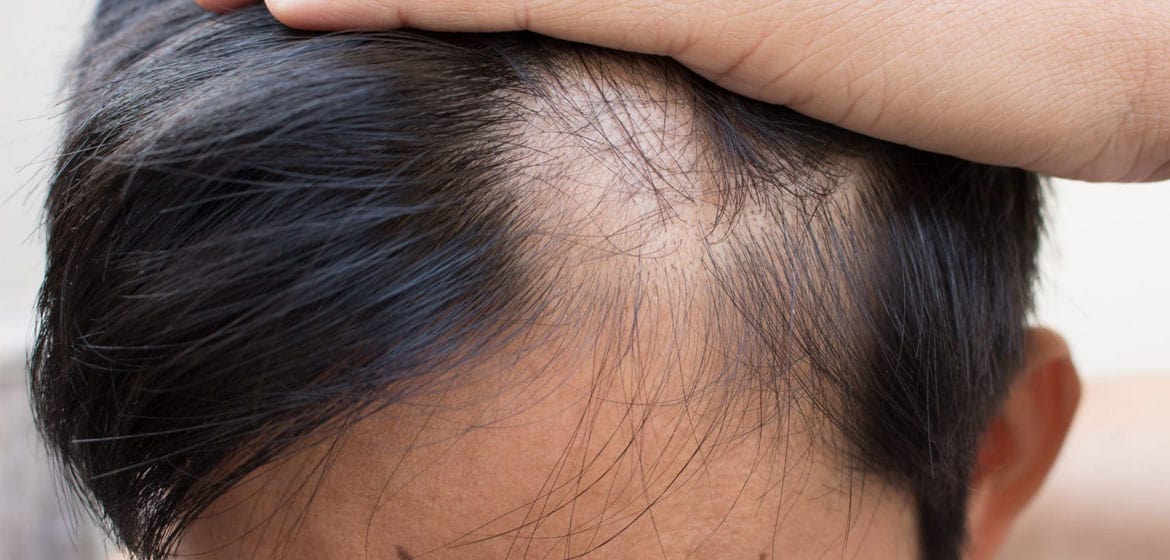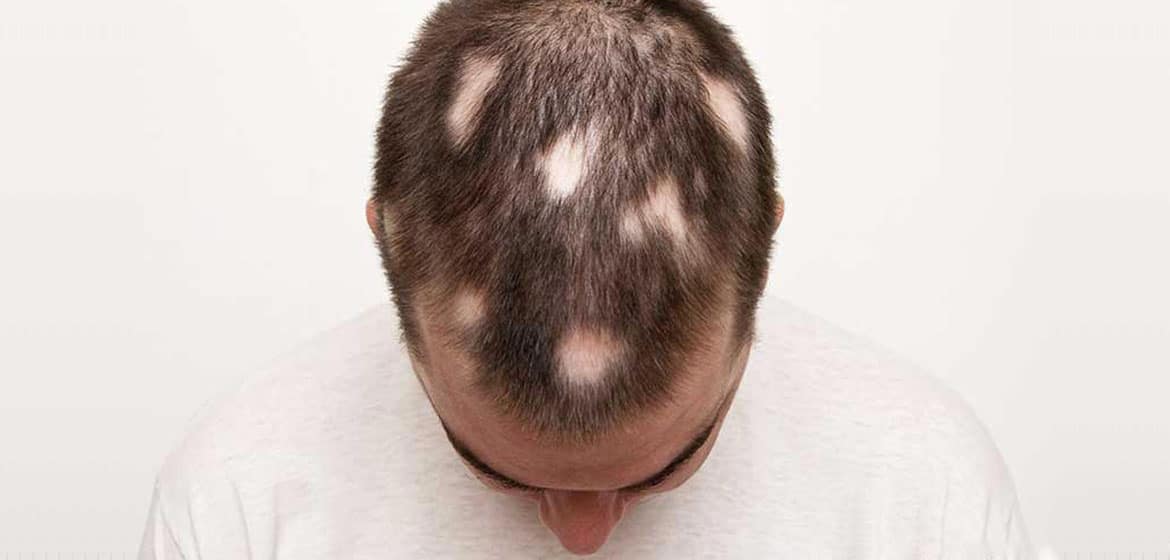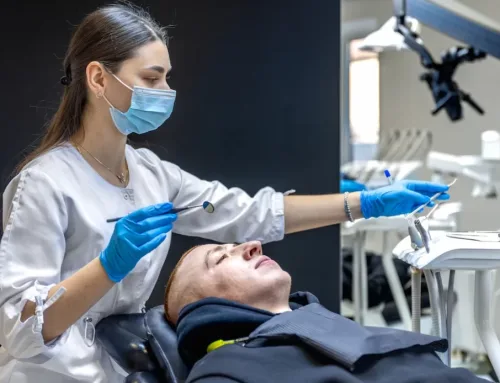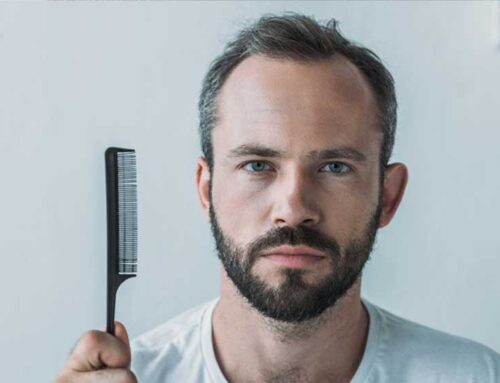6 Major types of Alopecia with Causes Treatments and Prevention
Alopecia areata is a condition that causes hair to fall out in small patches, which can be unnoticeable. There are many types of alopecia, which are generally in the form of patches. These patches may connect, however, and then become noticeable.
The condition develops when the immune system attacks the hair follicles, resulting in hair loss.
Sudden hair loss may occur on the scalp and in some cases the eyebrows, eyelashes, and face, as well as other parts of the body. It can also develop slowly and recur after years between instances.
The condition can result in total hair loss, called alopecia Universalis, and it can prevent hair from growing back. When hair does grow back, it’s possible for the hair to fall out again.
There’s currently no cure for alopecia areata. However, there are treatments that may help hair grow back more quickly and that can prevent future hair loss, as well as unique ways to cover up the hair loss.
Types of Alopecia
Several types of alopecia areata exist. Each type has different character by the extent of hair loss and other symptoms experienced.Each type may also have slightly different treatment and prognosis.
- Alopecia areata (patchy)
The main characteristic of this type of alopecia areata is one or more coin-sized patches of hair loss on the skin or body. If this condition expands, it may become alopecia totalism or Alopecia Universalis.
- Alopecia totalism
Alopecia totalism occurs when you have hair loss across the entire scalp.
- Alopecia Universalis
In addition to losing hair on the scalp, people with this type of alopecia areata also lose all hair on the face — eyebrows and eyelashes. It’s also possible to lose other body hair, including chest, back, and pubic hair.
- Diffuse alopecia areata
Diffuse alopecia areata may look a lot like a female- or male-pattern hair loss. It results in sudden and unexpected thinning of hair all over the scalp, not in just one area or patch.
- Ophiactids alopecia
Hair loss following a band along the sides and lower back of the scalp is named ophiactids alopecia.
- Alopecia areata prognosis
The prognosis for alopecia areata is different for each person. It’s also unpredictable.
Once you develop this autoimmune condition, you may live with bouts of hair loss and other related symptoms for the rest of your life. Some people, however, may experience hair loss just once.

Signs and Symptoms of Alopecia
The most prominent signs and symptoms for different types of alopecia areata related hair loss include:
- Patchy hair loss
The number of patches at the onset of the condition is not indicative of the subsequent severity of the condition.
Patches are often coin-sized (round patches of a few centimetres in diameter or less), occurring mainly on the scalp, but the condition can also affect the beard, eyebrows, eyelashes and hair on the limbs.
- Itching (pruritic) or burning sensations
These sensations affect approximately 14% of sufferers and are often felt in the area soon to be affected by hair loss prior to hair falling out.
- Changes to nails (fingers and toes)
Noticeable changes to fingernails and toenails are sometimes an early indication of alopecia areata. Changes include the appearance of pinpoint dents (pitting), white spots and lines, rough texture and loss of shine, thinning and splitting.
- Other hair changes
A medical doctor may be able to determine other changes to existing hair as clinical signs of alopecia areata. These include the appearance of exclamation mark/point hairs, cadaver hairs (hairs which break before ever reaching the skin surface), and regrowth of white hair in patches previously affected by hair loss.
Hair loss can trigger emotional responses too. Hair is a noticeable part of every person’s individual appearance. Such dramatic changes can make a person feel vulnerable, distressed and unattractive.
Medical treatments of Alopecia
- Topical agents
You can rub medications into your scalp to help stimulate hair growth. A number of medications are available, both over-the-counter (OTC) and by prescription:
- Minoxidil (Rogaine) is available OTC and applied twice daily to the scalp, eyebrows, and beard. It’s relatively safe, but it can take a year to see results. There is only evidence that it’s useful for people with limited alopecia areata.
- Anthralin (Dorito-Scalp) is a drug that irritates the skin in order to spur hair regrowth.
Corticosteroid creams such as clobetasol (Impoyz), foams, lotions, and ointments are thought to work by decreasing inflammation in the hair follicle.
Topical immunotherapy is a technique in which a chemical like diphencyprone is applied to the skin to spark an allergic rash. The rash, which resembles poison oak, may induce new hair growth within six months, but you’ll have to continue the treatment to maintain the regrowth.
- Injections
Steroid injections are a common option for mild, patchy alopecia to help hair grow back on bald spots. Tiny needles inject the steroid into the bare skin of the affected areas.
The treatment has to be done again in one to two months to regrow hair.It doesn’t prevent new hair loss from occurring.
- Oral treatments
Cortisone tablets are sometimes used for extensive alopecia, but due to the possibility of side effects, you should discuss this option with a doctor.
Oral immunosuppressants, like methotrexate and cyclosporine, are another option you can try. They work by blocking the immune system’s response, but they can’t be used for a long period of time due to the risk of side effects, such as high blood pressure, liver and kidney damage, and an increased risk of serious infections and a type of cancer called lymphoma.
- Light therapy
Light therapy is photochemotherapy or phototherapy. It’s a type of radiation treatment that uses a combination of an oral medication called psoralens and UV light.
- Natural treatment
Some people with different types of alopecia areata choose alternative therapies to treat the condition. These may include:
- aromatherapy
- acupuncture
- micro-needling
- probiotics
- low-level laser therapy (LLLT)
- vitamins, like zinc and biotin
- aloe vera drinks and topical gels
- onion juice rubbed onto the scalp
- essential oils like tea tree, rosemary, lavender, and peppermint
- other oils, like coconut, castor, olive, and jojoba
An “anti-inflammatory” diet, also known as the “autoimmune protocol,” which is a restrictive diet that mainly includes meats and vegetables

Prevention of types of Alopecia
Alopecia areata can’t be prevented because it’s cause is unknown.
This autoimmune disorder may be the result of several factors. Those include family history, other autoimmune condition, and even other skin conditions. But not everyone with any of these factors will develop the hair condition. That’s why preventing it isn’t yet possible.
Rephair Clinic Hair Transplant
Rephair is one of the finest hair transplant clinics operating in Istanbul, Tukey. We have a bunch of skillful doctors who are very much capable to carry hair transplants using advance machines. We use revolutionary hair transplant methods of FUE and DHI hair transplant.
So, it doesn’t matter if you have less hair on the head, mustache or beard? Or you are male or female? We are here for you. Our doctors have more than 12 years of experience dealing with every issue that you might be facing including alopecia. Apart, from hair transplant, we also offer services of hair treatment at a very minimal cost.
We are globally recognized as we have worked in different countries like France, Italy, Germany, Greece, Russia and many more. Our primary mission is to provide the best hair transplant at a very affordable price so that everyone can avail the golden opportunity of hair transplant.
We provide consultation services for you to choose what is best.For them, we have a professional team that takes care of our dear clients. We host foreign clients for their stay in an outclass manner. If in any case, our services don’t work out for you, we refund the customer without a single question asked. So, you don’t have to worry about that stuff too.
We warmly invite you to visit our clinic and enjoy what we are offering in the tremendous city of Istanbul.





